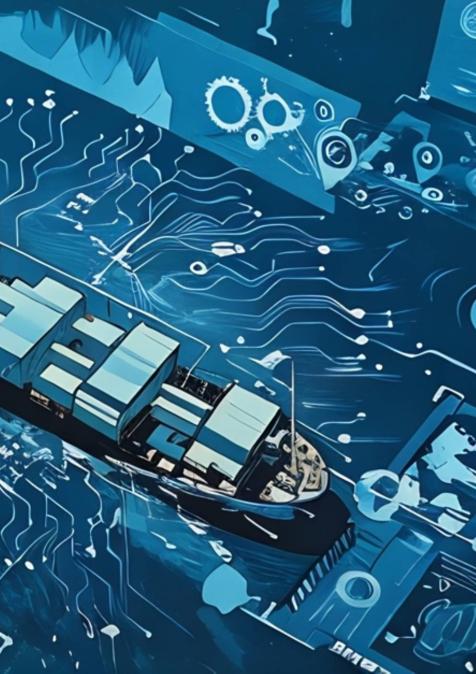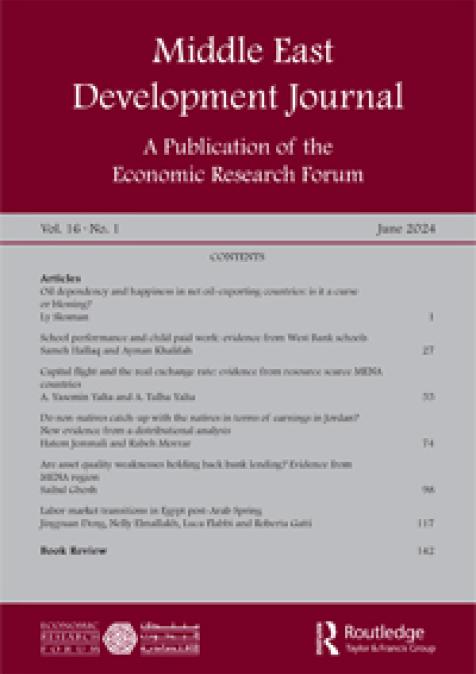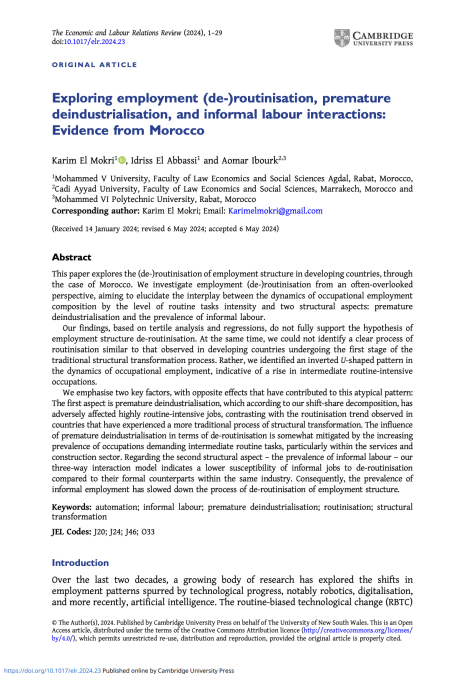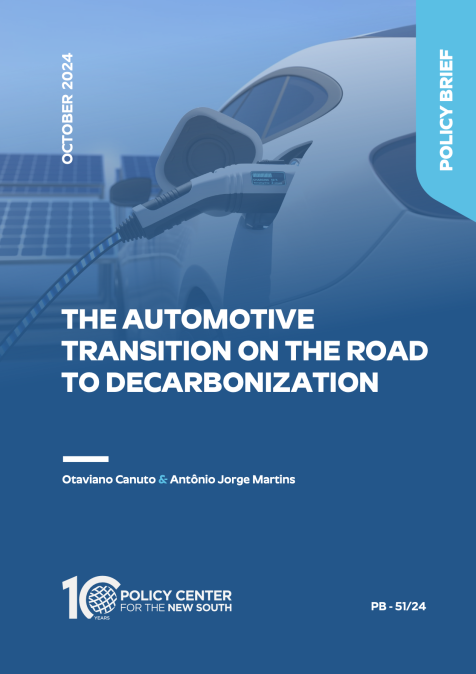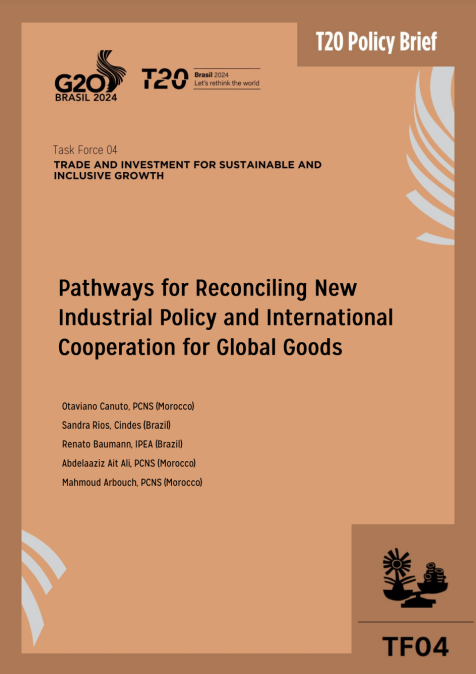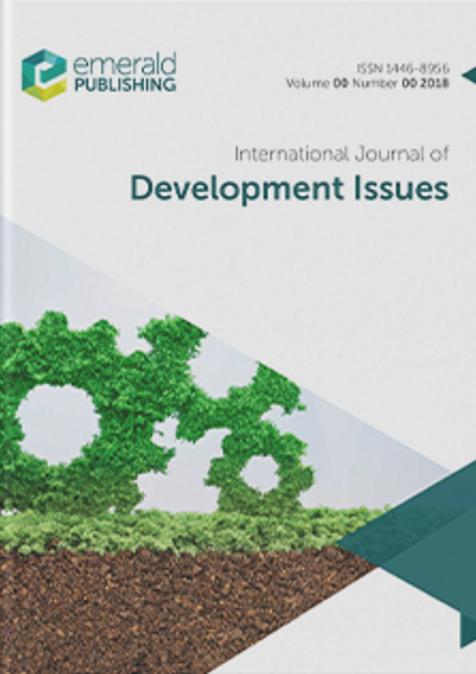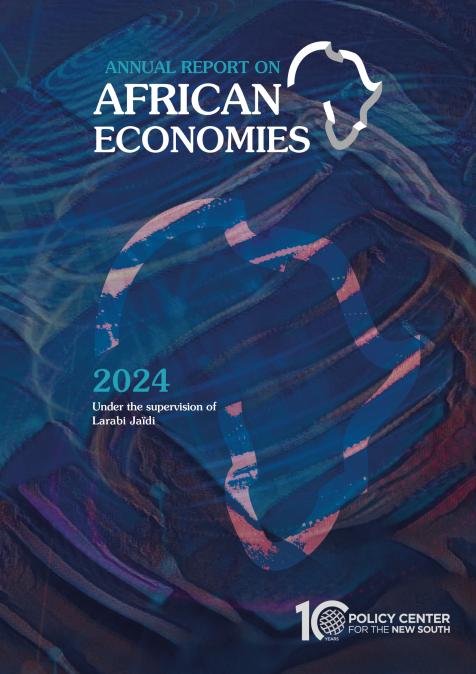Publications /
Opinion
For science fiction writers, the universe has no limits. They imagine spacecraft conquering the unknown, the mining of asteroids, access to solar power and room for colonization by earthlings tempted by new frontiers billions of miles and dreams away. Or worlds to conquer barred by radioactive fields, devilish storms, metallic dust, unbearable darkness leading towards black holes and hell in space, and the sun, radiating up to 15 million degrees Celsius, which suggests nothing less than nuclear fusion. The incredible projections of science fiction authors are beginning to be overtaken by reality and technology, and the creativity of the human brain. Spacecraft such as the New Horizons and the twin Voyager 1 and 2, race with an average speed of 38,000 miles per hour into the unending universe, traveling 14 billion miles away from earth, having moved from the solar system into the interstellar universe. The 815kg Voyager 2 went to explore Uranus and Neptune, and is still the only spacecraft to have visited the outer planets. Forty-three years, nine months and 18 days (as of June 7, 2021) after launch, the Voyagers are still traveling, in communication with ground control, which needs seven hours to reach the spacecraft. Meanwhile, the New Horizons 478kg spacecraft (launched in 2006), traveling at 36,400 miles per hour, powered by a nuclear battery, is expected to continue exploring until the late 2030s and possibly move into interstellar space in the 2040s...
According to Alan Stern, planetary scientist and principal investigator of New Horizons, “Looking back at the flight from earth to 50 AU [Astronomical Unit; one = 93 million miles], almost seems in some way like a dream”. The exploration of space, says Stern, “is like the wild west. You get to be the first to do things. It has its own romance and excitement in addition to the actual research value”. In February, another step was taken towards the impossible. The Perseverance, a 3649kg minivan-sized spacecraft, estimated cost$2.2 billion, landed on Mars. On board was a mini helicopter, 1.8kg, which took a historic, first powered maiden flight on a planet other than earth. The BBC judged the helicopter experiment “as a Wright Brothers’ moment”. Perseverance’s interesting rock finds will be packaged into small tubes to be left on the surface of Mars. NASA and the European Space Agency (ESA) have devised a multibillion dollar plan “to go fetch these cylinders towards the end of the decade. It will be a complex endeavor involving a second rover, a Mars rocket and a huge satellite,” said BBC News.
Back to the Forefront of Science
On February 9, 2021, the United Arab Emirates became the first Arab country and the fifth country to reach Mars. The Emirate’s 1500kg Hope (Misbar-Al-Amal) was designed and developed by the Mohammed bin Rashid Space Centre, and the spacecraft was assembled at the Laboratory for Atmospheric and Space Physics at the University of Colorado, United States. The spacecraft was launched from a Japanese rocket that lifted off from the Tanegashima Space Center. During its mission of 295 days and 20 hours, the space probe will study daily and seasonal weather cycles and weather events in the lower atmosphere such as dust storms. Hardly established in space, the Emirates has already announced a far more ambitious goal: building a habitable settlement on Mars by 2117. The Emirati government, wrote Vicky Stein on Space.com (February 23, 2021)“said that it sees this satellite as a way to bring the Arab world back to the forefront of science and astronomy—a position the region hasn’t held since the Islamic Golden age, form the ninth to the 13th century”.
After exploring the moon Beijing has triumphed on Mars as well, landing its six wheeled Zhurong robot on Utopia Planitia, a vast terrain in Mars’s northern hemisphere. China, which has already placed a rover on the moon and brought lunar samples back to Earth, was jubilant. It plans a first permanent space station by 2022.
Meanwhile, Moscow informed its rivals in Washington D.C., with whom it shared for almost two decades the International Space Station, that in 2025 they would abandon the deal. Moscow is also planning to build a national space station, estimated to cost $6 billion, and possibly ready in 2030. There are already about 3000 satellites orbiting at heights of 160km to 2000km.
Using the Hubble telescope, scientists have already been observing deep space for more than three decades. Their observations have led to an understanding of the age of the universe (13.7 billion years), the mass and the size of the Milky Way, black holes and the expansion of the universe. The telescope has shown us how stars form, live out their lives, and die. It has characterized the atmospheres of planets around other suns, has revealed intricate details of the shapes, structures and histories of galaxies[1]. If NASA decides to let Hubble fade away, without fundamental upgrade, it would re-enter Earth’s atmosphere probably between 2028 and 2040. A replacement is ready: the James Webb Space telescope (JWST), which is designed to operate in colder climates farther away from Earth. JWST is expected to detect stars in the early universe, approximately 280 million years older than the stars Hubble now detects.
Scientific advances in space are going even beyond the visualizations of science fiction. U.S. spacecraft ORSIS-Rex, for example, launched in September 2016, not only reached the near-Earth asteroid Bennu and analyzed its surface, soil and rocks for four years, but was ordered by ground control in October 2020, 220 million miles away, to descend on an area named Nightingale and attempt a “surface disruption”, meaning a touch-and-go maneuver, trying to scrap with a sampling arm dust, dirt, and rocks, securing at least 60 grams in a 46kg sample capsule. The normal cruising speed of 27,700 miles per hour was reduced, the maneuver succeeded, about one kilogram of samples were secured—a triumph for science, yes, but more to come. On May 10, the spacecraft fired its main engines, ready to return to earth. But prior to returning, the spacecraft will orbit the sun twice. On September 24, 2023, 1.4 billion miles later, above the Utah Test and Training Range, it will release a parachute with the precious cargo from space. The material is expected to enable scientists to learn more about the formation and evolution of the solar system, not least, the source of organic compounds that led to the formation of life on Earth.
The opinions expressed in this article belong to the author.
[1] Hubble Marks 30 Years in Space with Tapestry of Blazing Starbirth, https://hubblesite.org/hubble-30th-anniversary


